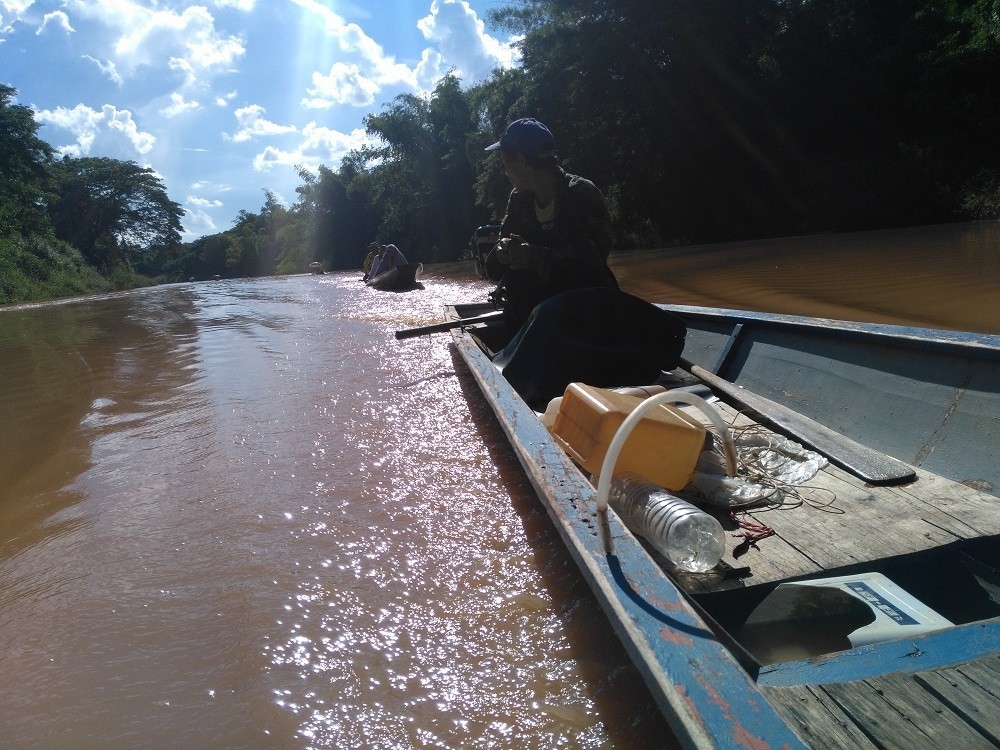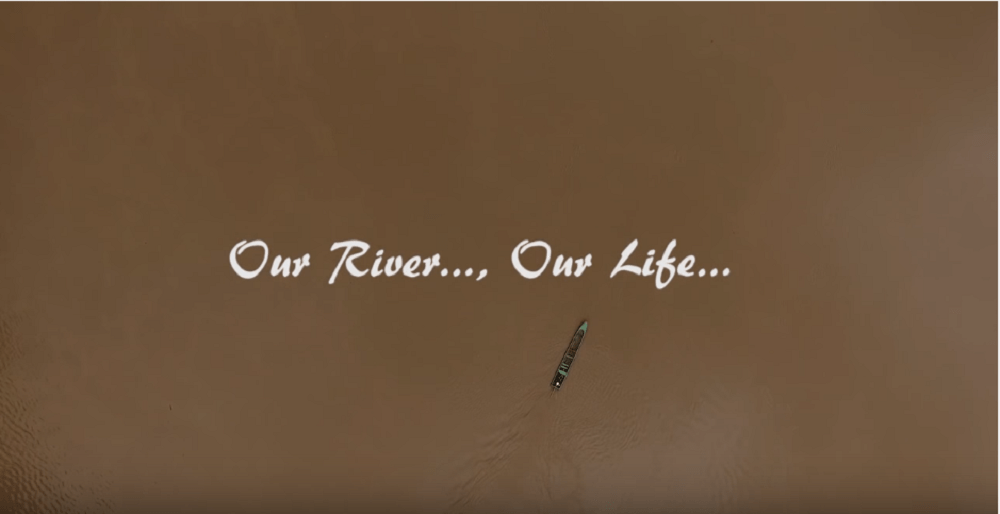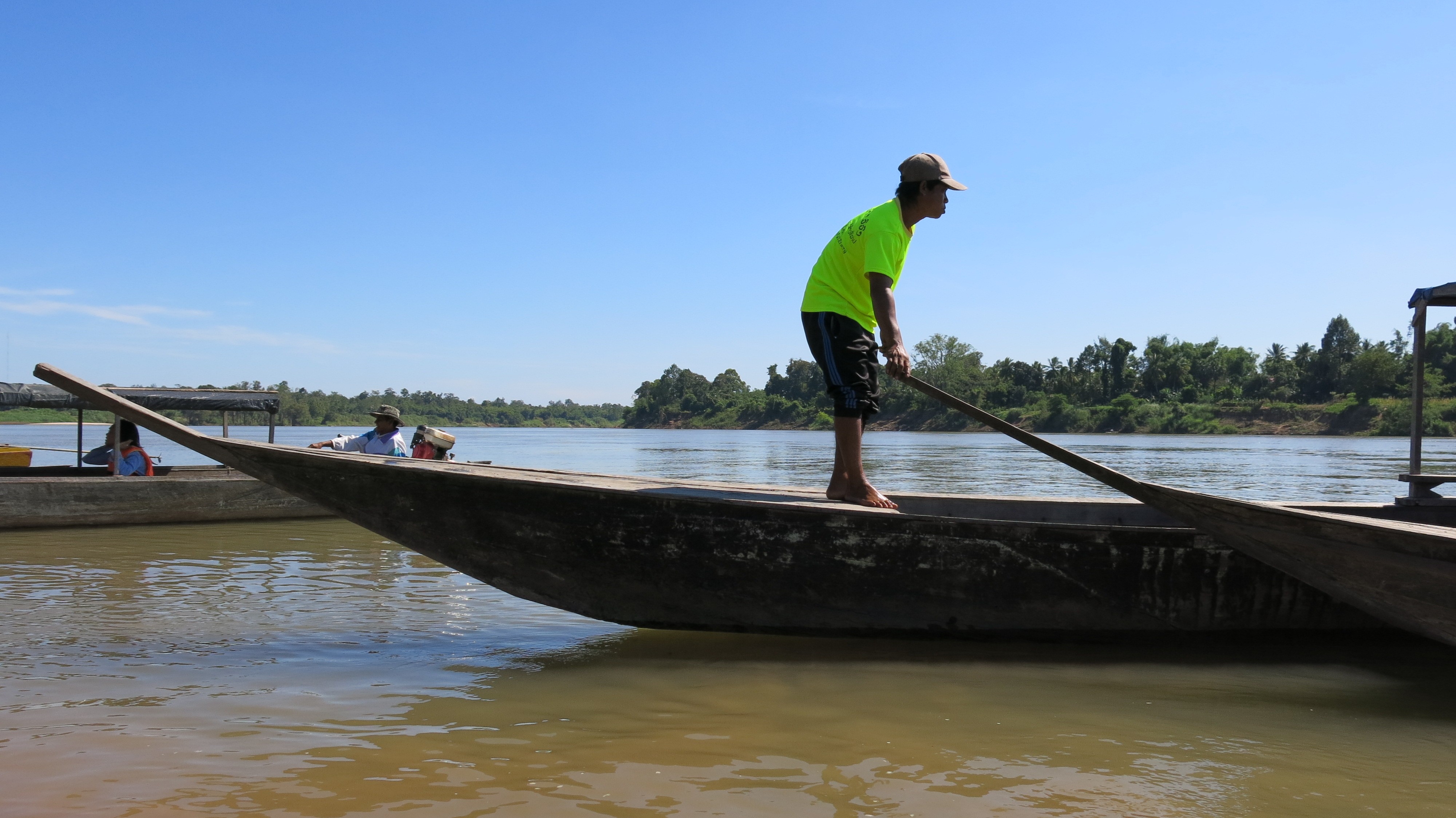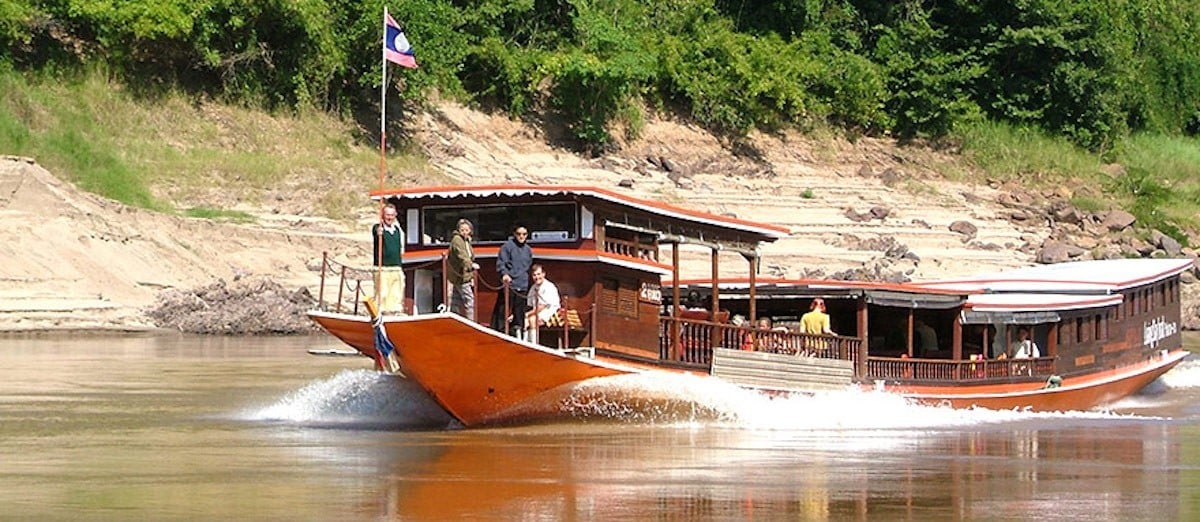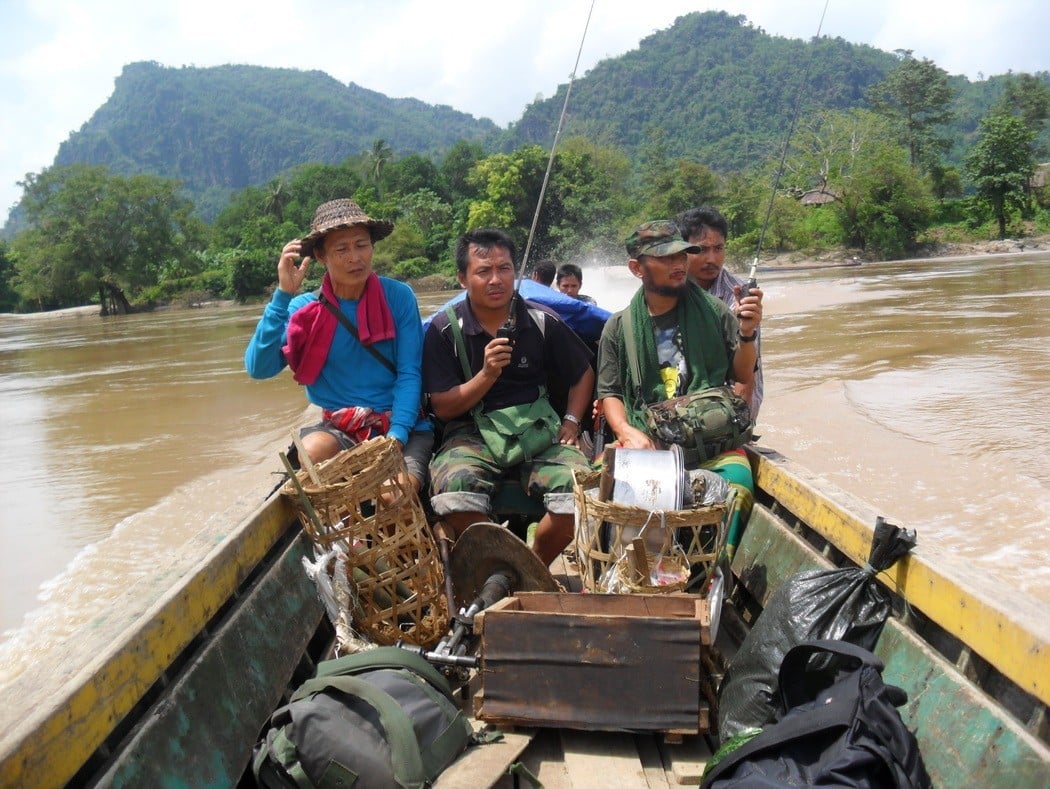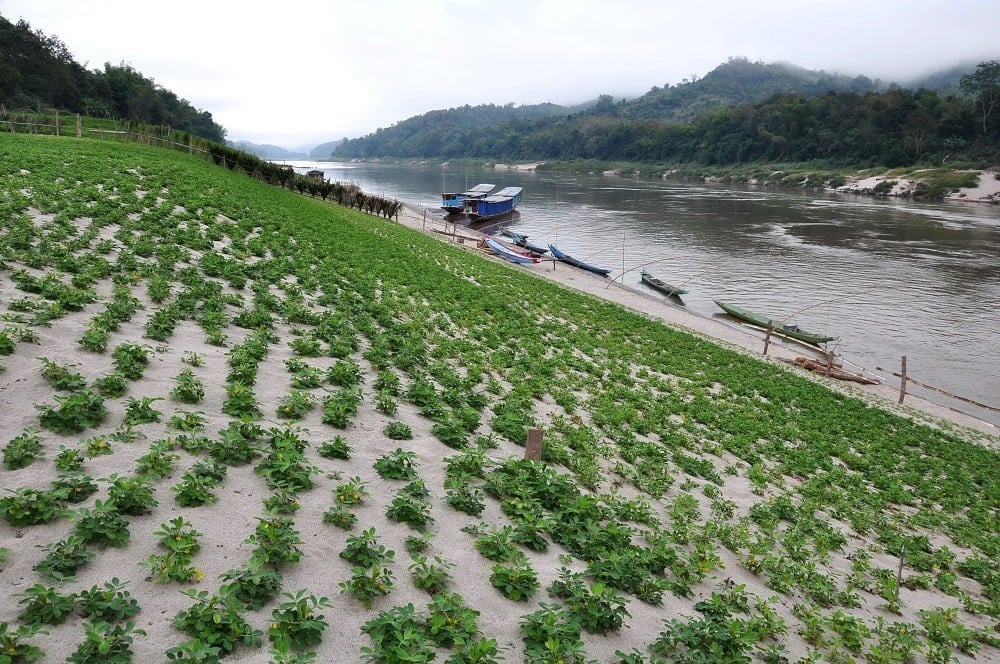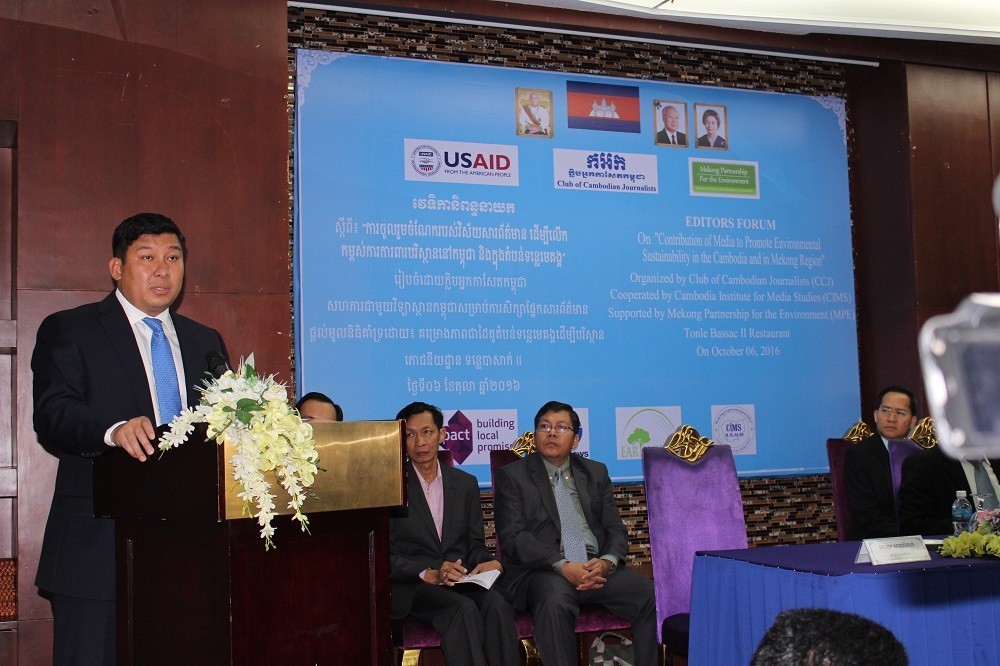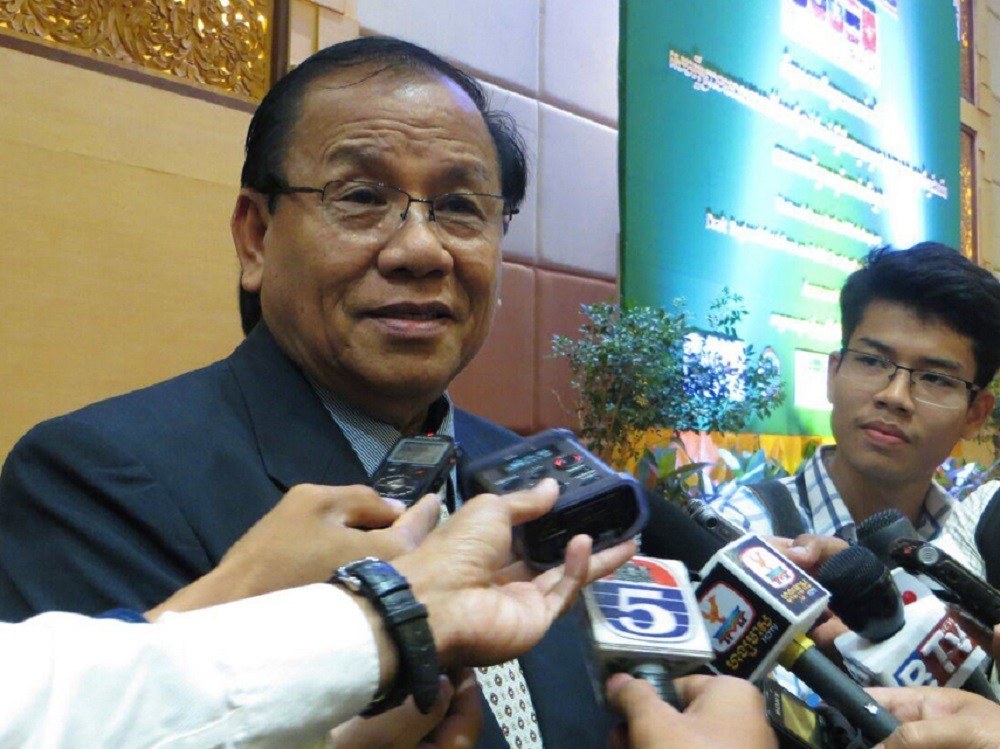Even though, Thailand has announced that the diversion of the Mekong’s water will only take place in the rainy season but in fact it is also being carried out during the dry one that lasts from February to May of each year. This plan has been going on “quietly” and continuously without any public announcement to inform the world communities or the countries downstream.
Category: Article
Powerful new documentary looks at lives threatened by Salween dams
A powerful new documentary produced by Karen News profiles people who may be affected by a string of planned hydropower dams on Myanmar’s Salween River. “Our River…, Our Life” takes viewers along one of the world’s longest undammed rivers.
“It gives voice to the people currently missing from the debate on the dams,” said Karen News. The film goes “deeper into the impacts of those policies/events on the people most affected – the villagers.”
Incomes of Thousands of Cambodian Villagers to be Harmed by Don Sahong Dam
The lives of the Preag Romkil villagers have turned to grief since Laos started building the Don Sahong Dam on the other side of the border.
“Many of us express deep concerns on survival of the dolphins. There has been some dolphins that died here. We are afraid of bigger damages to happen caused by the dam construction. Our lives rely mostly on the ecotourist site and the dolphins. Laos gets benefits from the dam, but we do not, we are the losers”.
A call for basin-wide energy plans
Preparatory work for the next big dam on the Mekong — Pak Beng — in northern Laos has begun. This news supports the widespread narrative that the current rapid pace of dam construction on the Mekong River will continue until the entire river is turned into a series of reservoirs. Certainly the construction of even a few large dams will severely impact food security in the world’s most productive freshwater fishery and sharply reduce the delivery of nutrient-rich sediment needed to sustain agriculture, especially in Cambodia and Vietnam’s Mekong Delta.
However, our ongoing research and communication with regional policymakers provides compelling evidence that not all of the planned dams will be built due to rising political and financial risks in the region. As a consequence, we have concluded in our most recent report that it is not too late for the adoption of a new approach that would optimise the inescapable “nexus” of tradeoffs among energy generation, food security, and water use and better protect the core ecology of the river system for the benefit of future generations.
Can Myanmar’s hydropower study truly be for the people?
In recent weeks, violent clashes in Kayin State have further disrupted Myanmar’s fragile peace process. Fighting between the Democratic Karen Buddhist Army (DKBA) and the government-sponsored Border Guard Force (BGF) in Mae Tha Waw areas of Hlaingbwe township, and more recently near Kawkareik township, has displaced over a thousand people. Entire families have fled their homes and are left stranded with limited access to food and assistance, producing nothing short of a humanitarian crisis. Across the border in Thailand, nearly 60,000 people remain in refugee camps, having fled ongoing conflict over the past two decades.
Pak Beng – The Third Domino in The Series of Mainstream Dams on The Lower Mekong in Laos
On a visit to the Asian Institute of Technology AIT on 10-15-2012 to inspect the mockup of the Xayaburi Hydropower Dam, Mr. Viraphonh Viravong, Deputy Minister of Energy and Mines of Laos, the “brain” behind all development projects for hydropower dams in Laos asserted: “There is no question of Lao PDR not developing its hydropower potential. The only question is how to do it sustainably.”
New Cambodian and Myanmar Journalism Networks Call on Editors and Decision Makers to Support Environmental Reporting
At two public fora in October, Cambodian and Myanmar journalists called for editors and decision makers to work on improving environmental reporting and the availability of quality information.
The events, Cambodia’s “Editor’s Forum on Sustainability” and Myanmar’s “The Health of Rivers” roundtable discussion attracted a combined 73 participants ranging from Cambodia’s Minister of Environment H.E Say Samal to key editors and reporters from the countries’ local media.
Working group plans to finish the guideline on Environmental Impacts Assessment by early 2017
Ministry of Environment (MoE) and CSO working on environmental protection recognized that this regional guideline on environmental impacts assessment is very crucial to boost meaningful public participation in Environmental Impact Assessment process in the Mekong region.
Journal: China remakes the map: Green Perspectives
This journal, produced in partnership with the Henry Luce Foundation, focuses on China’s environmental impacts overseas through a series of articles and on-the-ground reports.
Recognizing environmentalists under threat
It is well documented that our planet, along with its biodiversity and life-sustaining resources, is severely threatened. Lesser known is that some of the bravest among us, our environmental defenders, are putting their lives on the line on a daily basis. According to Global Witness, hundreds of activists, indigenous leaders, and environmental journalists have been killed in the past five years. Still more have faced intimidation, legal threats, and brutal violence over their efforts to protect the planet and its resources.


